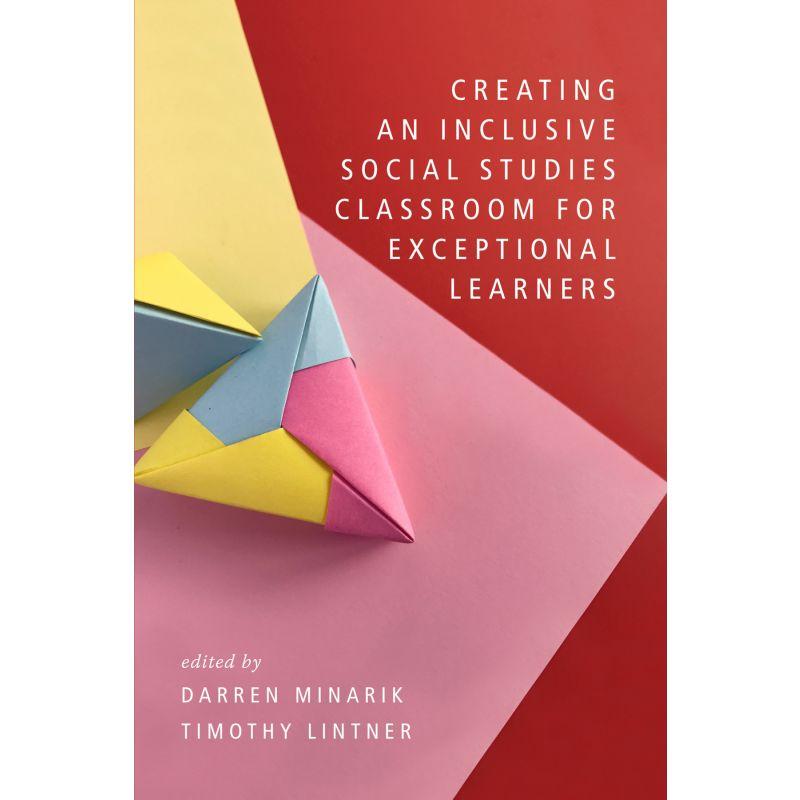Designing Inclusive Curricula for Diverse Learners: Strategies for Success in Every Classroom
In today’s dynamic educational landscape, the diversity within classrooms is more vivid than ever. Students bring unique cultural backgrounds, learning styles, and abilities to the table, creating both opportunities and challenges for educators. Designing inclusive curricula for diverse learners is key to ensuring that all students have the support and resources they need to thrive. In this comprehensive guide, we’ll explore actionable strategies, benefits, and real-world examples of how teachers and schools can embrace inclusion and set every learner on a path to success.
What is Inclusive Curriculum Design?
Inclusive curriculum design refers to the deliberate planning, organizing, and advancement of educational content and teaching practices that actively address the varied needs, interests, and abilities of all students. Rather than treating diversity as a challenge to overcome,inclusive curricula leverage it as a strength,fostering equity,participation,and deeper learning.
- Accessibility: Ensuring all content and materials are usable by students with different abilities and backgrounds.
- Cultural Responsiveness: Recognizing and valuing diverse cultural perspectives within lesson plans.
- Differentiation: Adapting instruction, assessment, and learning environments to support every learner’s unique path.
Benefits of Inclusive Curricula in Diverse Classrooms
Embarking on the journey toward an inclusive curriculum brings measurable rewards for students, teachers, and the school community as a whole.Here’s how:
-
Greater Engagement:
Lessons and activities that reflect students’ cultures and strengths foster a sense of belonging,leading to higher motivation and participation.
-
Improved Achievement:
When lessons are tailored for diverse learners, students are more likely to meet learning objectives and excel academically.
-
Enhanced Social skills:
Inclusive classrooms nurture empathy, interaction, and respect among students from different backgrounds.
-
Reduced Achievement Gaps:
Focused support for varying learning needs helps close academic divides,advancing equity in education.
Key Strategies for Designing Inclusive Curricula
Building an inclusive curriculum requires both thoughtful planning and reflective practice. Below,we outline proven strategies to help teachers create a classroom were every learner can shine:
1. Use Global Design for Learning (UDL) Principles
- Multiple Means of Depiction: Present information in various formats—videos, diagrams, texts, and hands-on activities.
- Multiple Means of Action and Expression: Allow students to show what they no through essays, presentations, art, or technology.
- Multiple Means of Engagement: Offer choices in topics, materials, and collaboration to keep motivation high.
2. Integrate Culturally Responsive Teaching
- Connect Content to Students’ Lives: Use literature,examples,and activities related to learners’ cultures and experiences.
- Diverse Perspectives: Bring in varied voices through guest speakers, multimedia, and globally-inspired projects.
- Challenge Biases: Encourage critical thinking about stereotypes and promote open dialogues about identity.
3. Apply Differentiated Instruction
- Flexible Grouping: Rotate students through different learning stations, peer groups, and self-reliant work.
- Tiered Assignments: Offer assignments with varying complexity or supports based on student readiness.
- Scaffolded Learning: Break complex tasks into smaller, manageable steps, providing extra support when needed.
4. Incorporate Assistive Technology
- Text-to-speech & speech-to-Text Tools: Aid reading and writing for students with learning disabilities.
- accessible Learning platforms: Use websites and apps that comply with accessibility standards (WCAG) for students with physical or sensory challenges.
- Digital Choice Boards: Give students agency to select activities and demonstrate learning in personalized ways.
5. Foster Positive Classroom Climate
- Restorative Practices: Address conflicts in ways that build community and respect.
- Clear Expectations: Co-create classroom rules and routines that honor diversity and inclusion.
- Growth Mindset: Model and encourage the belief that ability grows with effort, benefiting every learner.
Practical tips for Implementation
- Start Small: focus on one subject, unit, or lesson plan to gradually integrate inclusive practices.
- Collaborate: Partner with co-teachers, special educators, and cultural liaisons to co-design lessons.
- Seek Student Feedback: Regularly ask students what helps them learn best and adjust accordingly.
- Professional Growth: Attend workshops, join educator networks, and stay informed about new research and resources for inclusive education.
- Reflect & Revise: continuously assess the effectiveness of your curriculum and be open to changes that better serve your diverse students.
Case Study: Inclusive Curriculum in Action
At Maple Grove Elementary, educators transformed their social studies curriculum by integrating local histories and multiple cultural narratives. Students participated in “Heritage Projects” where they interviewed family members, created heritage maps, and shared personal traditions with their peers.By using differentiated instruction and project-based learning, every student coudl connect to and contribute meaningfully, irrespective of literacy level or background. Teachers reported not only increased engagement but also a stronger sense of community and respect among students.
First-Hand Experience: A Teacher’s Perspective
“Designing an inclusive curriculum changed my classroom.My students’ confidence soared as they recognized themselves in what we studied—and they started supporting each other’s learning journeys. it takes ongoing effort, but the payoff is more than worth it.”
— Jasmine Lee, 4th Grade Teacher
Conclusion: Creating a Lasting Difference through Inclusion
Designing inclusive curricula for diverse learners is both a challenge and a remarkable opportunity.By embracing adaptability, cultural relevance, and equity in teaching, educators can unlock the full potential of every student. The strategies and real-world examples outlined above empower teachers to build learning environments where everyone feels valued and capable of success. Remember, inclusion isn’t just a trend—it’s a powerful commitment to shaping the future of education.
Ready to make your classroom more inclusive? start with small changes,engage your students,and watch as they shine in a curriculum made for everyone.

